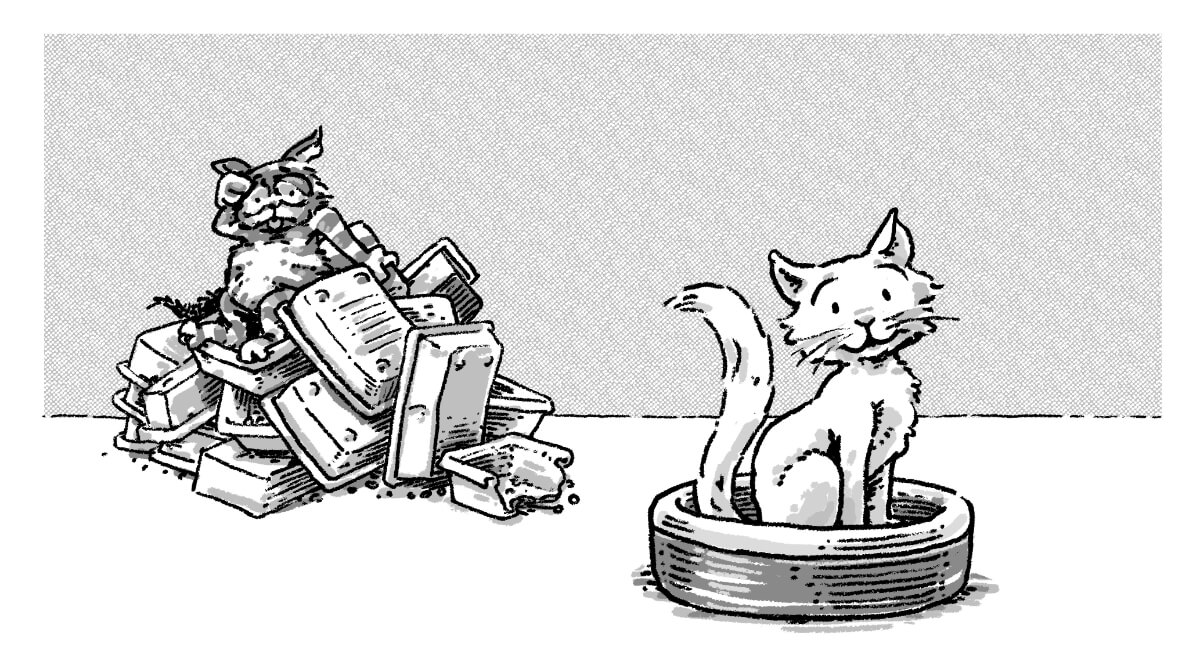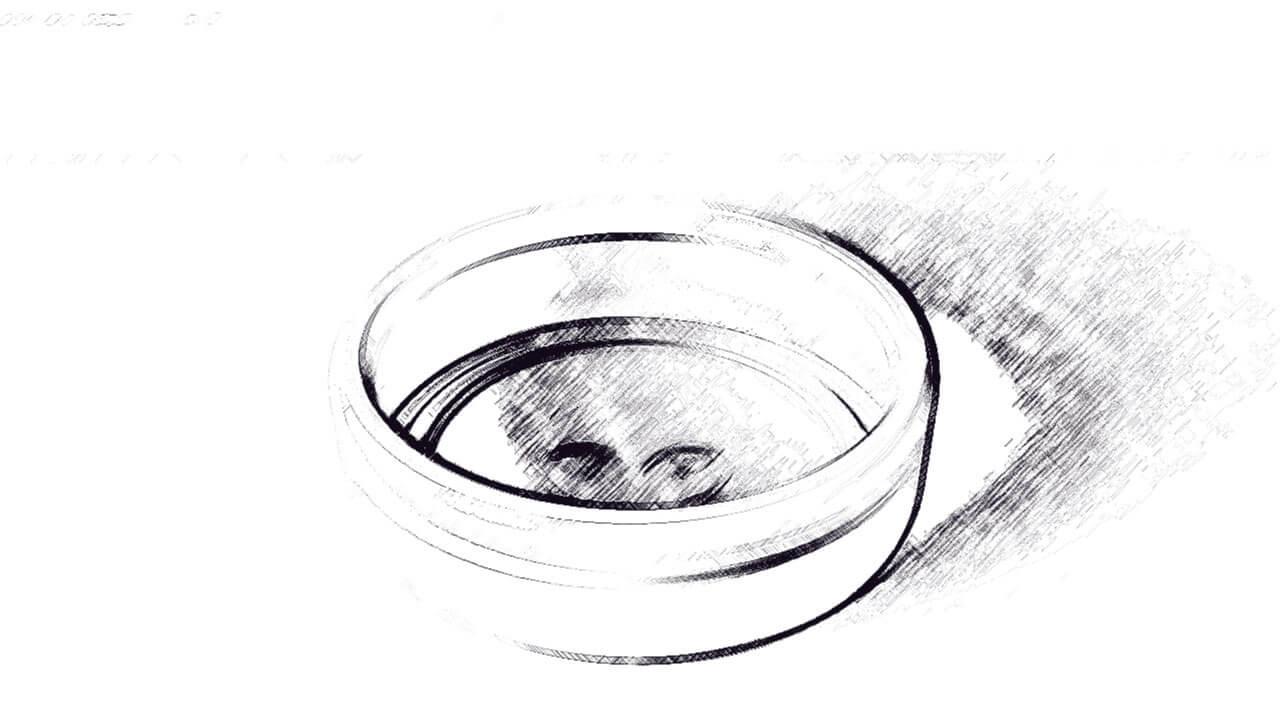The hygienic and sustainable cat litter box made of enamel.
100% Made in Germany
Help, my apartment smells like cat!
It is not the cat that smells, but usually the litter box. The treacherous thing about this smell is that you do not notice it yourself at some point and it only strikes you when you have not been in the apartment for a long time, for example, on vacation. Helpful here are also friends who do not take a leaf in front of mouth, and make you aware of it.
The cat, however, has a fine sense of smell and is disturbed by the smell of the litter box. The consequence can be uncleanliness, or the cat prefers a flower pot instead of the cat toilet. That’s how it was with us, but more on my personal experience later.
Smell by marking is another issue, that has nothing to do with the toilet.
What can I do about a smelly litter box?
Even with careful and regular cleaning of the litter box, it is usually difficult to avoid in the long term that the aggressive urine of cats in a plastic litter box. If the cat also scratches the toilet, it is very difficult to get rid of the smell.
Sharp cleaning agents may help in the short term, but the smell will not come out of plastic. Scented sprays, scented cat litter and the like cover the smell for a while, but this results in an unpleasant mixture of odors in the long run. Aside from that, cats don’t like these substances either.
A hooded litter box keeps the odor in once the cat has done its business, but of course not in the long run either. You only spread the odor over a longer period of time. Hooded toilets undoubtedly help against strong scrapers that spread the cat litter, but are not accepted by all cats, because the cat as a flight animal does not like to go into a den in which they can not overlook the environment.
Approximately 7,500 tons of plastic waste per year from unsustainable litter boxes.

There are probably 15 million domestic cats in Germany. If one assumes that these cats need a new plastic toilet every two years, 7500 tons of plastic waste per year are produced by cat toilets, assuming an average weight of one kilo per toilet.
Our solution to cat odor in the home, litter box odor and plastic waste from litter boxes.
In the long run, only the purchase of a new toilet helps against the cat odor that settles in a plastic litter box, and here we are at our personal experience and the consequences of it:
Our cat, although a robust, runaway country cat that with cat flap also had the possibility to do its business outdoors, avoided with increasing age in winter more and more the cold and preferred the litter box in the apartment. But only for about half a year. Then followed urinating in the flower pots, whereupon the plants quickly left leaves hanging, and also sometimes a poop on the floor. After cleaning with the usual recommended means it went again a few weeks, but then a new cat toilet was due.
Since the search for cat litter boxes made of other materials did not lead to a satisfactory result, and we are familiar with enamel, we decided to develop a cat litter box made of enamel with a ring made of aluminum. Enamel is not used in hygienically relevant areas such as hospitals for nothing. The non-porous surface does not absorb odors and is easy to clean, so it will never stink.
The feedback from customers is consistently positive. Customers with several litter boxes and several cats report, to our delight, that the cats clearly prefer our litter box to plastic litter boxes.
You can find more about our cat litter box on our website www.katchit.com.

